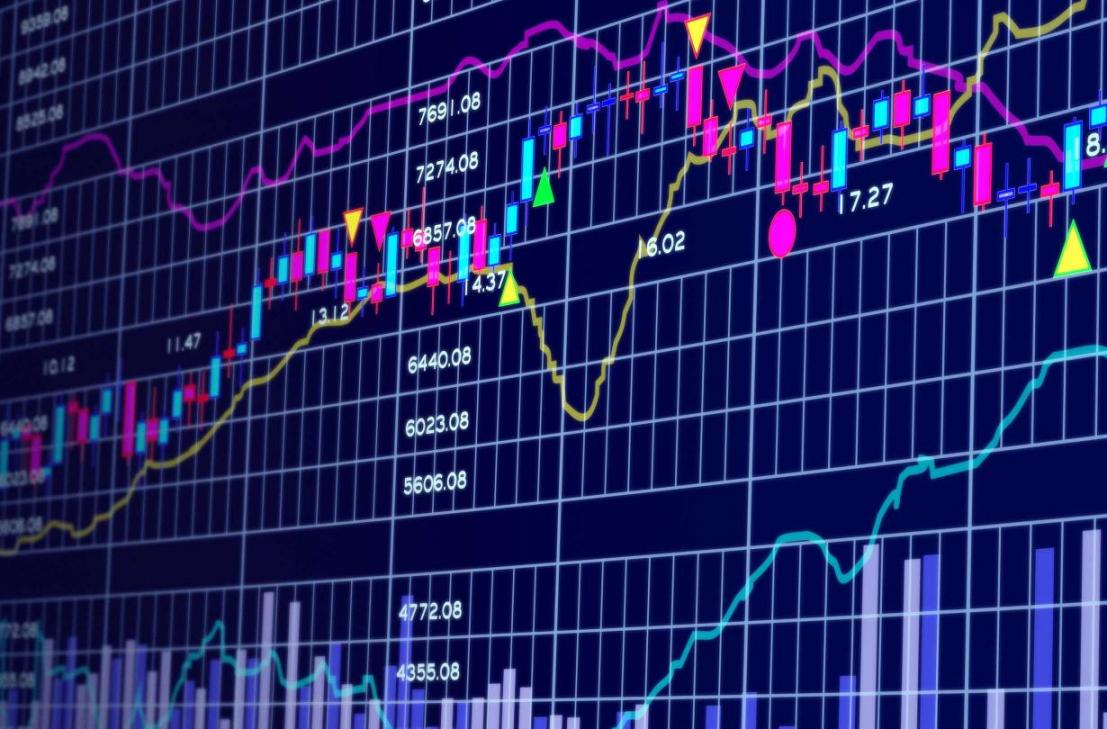With the international energy bourse on Kish Island in the Persian Gulf becoming operational after years of idleness under the sanctions regime, it will become a benchmark for setting the price of petrochemical products in the region, National Petrochemical Company's deputy for production control said.
“Our policy is to have both domestic and foreign bourses in Iran, based on which the international energy bourse in Kish Island was established", before the imposition of tougher sanctions against Iran, Ali Mohammad Bosaqzadeh was also quoted as saying by ILNA.
He added that the bourse was operational for a while, but ground to a halt under the sanctions regime.
Bosaqzadeh stressed that due to sanctions, limitations were imposed on foreign banks and companies, whose cooperation was necessary for the bourse’s survival, thus money transfer became impossible.
Iran and six world powers (the US, China, Russia, France and Britain plus Germany) reached a landmark agreement on July 14, 2015, on limiting Iran's nuclear program in exchange for the removal of sanctions against it, which had put a severe strain on the Persian Gulf country’s economy.
On January 16, the accord officially went into effect and most international sanctions against Iran were lifted.
“Now in the post-sanctions era, time is ripe for resuming operations at the international bourse in Kish,” he said, adding that Iran, if the plan is implemented, can also set a pricing benchmark for petrochemicals in the Persian Gulf region.
Marzieh Shahdaei, managing director of National Petrochemical Company, said on Saturday 14 petrochemical projects are to go on stream in the current Iranian year (started March 20), which will raise Iran’s overall petrochemical output by about 7 million tons.
“The completion of 55 semi-finished petrochemical plans is another priority of NPC,” she was also quoted as saying by Shana.
Petrochemical exports make up slightly more than one-third of Iran's non-oil exports.
Iran’s petrochemical industry, the country’s second biggest source of income, has experienced a steady growth in the past few years.
In the Iranian year that ended on March 20, Iran produced 44.5 million tons of petrochemicals, according to an NPC report.
Nominal production capacity currently stands at 62 million tons a year, but plans call for doubling the volume by 2021 and raising the output to an ambitious 180 million tons a year by 2025.
To fulfill this ambitious goal, Tehran hopes to raise $70 billion in petrochemical investment over the next 10 years.
Ethylene, polyethylene, methanol, ammonia and urea are the main Iranian petrochemical products.
***Iran’s Energy Bourses
The above-mentioned bourse, which was named initially the Iranian Oil Bourse, is a commodity exchange whose first phase was completed in 2008. It was established with the aim of selling crude oil, oil products and petrochemicals, in cooperation with Iranian ministries, Iran Mercantile Exchange and other state and private institutions.
However, it reportedly became limited to petrochemical transactions.
Iran Energy Exchange, the country’s fourth bourse, was established in Tehran on March 9, 2013. Various energy-based products and commodities are listed and traded in the exchange.
In its first phase, it started transactions of oil byproducts and petrochemicals, but then it also included other energy sectors, especially electricity.


